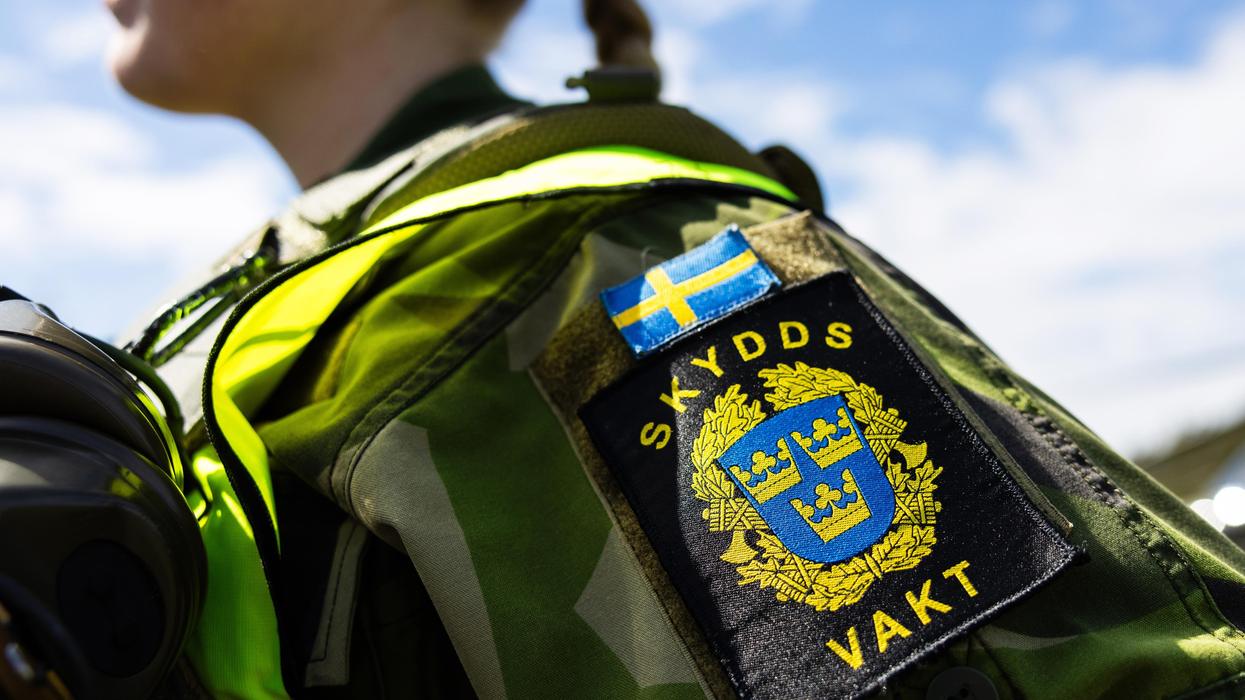Searching for clarity on Ukrainian and Russian casualty figures will most certainly send the seeker tumbling down a rabbit hole much like Alice in Wonderland.
Rep. Tom Massie (R-Ky.) has indicated he has had enough of the madness and has issued an amendment to the National Defense Authorization Act (NDAA) that forces the secretary of defense to submit a report to Congress on the ongoing conflict in Ukraine, “that includes information on casualties, wounded, and materials or equipment losses for both sides of the conflict.”
Massie said his amendment was included in a block of others that is supposed to get a vote sometime today.
Up until now, extreme polarization, squeezed through the media distortion field and a black hole of non-verified government information and straight-up propaganda, has given us what? A ton of wildly disparate estimates, typically with Russian casualties very high and Ukrainian figures either much lower or non-existent.
A Google News search of Russian-Ukrainian casualties today will result in the top eight article headlines all speculating on why Russian fatalities and injuries are so high. While there is an acknowledgment that “military casualties on both sides of the war are difficult to establish and verify; the warring sides often estimate rival losses, and are understood to downplay their own,” nearly every top story includes some effort by independent organizations and/or government source to size up the numbers — on the Russian side.
"(The) coverage invariably foregrounds and heavily publicizes Russian losses, while largely de-emphasizing Ukraine’s similar and arguably more devastating ones," noted writer Branko Marcetic, in a RS article trying to make sense of the carousel of estimates in March.
This strange imbalance in information includes recent tracking from Mediazone, working with BBC, that hit all the headlines this week with an estimate of more than 27,000 Russian deaths based on publicly available information. Another, Meduza, also working with Mediazone and with publicly sourced info, pegs it at closer to 50,000 fatalities. Neither report focuses at all on Ukrainian casualties.
But these estimates are still lower than what’s been out there, including by U.S. officials over the last six months. According to the May Discord Leaks, in February, U.S. officials believed that between 15,500 and 17,000 Ukrainian soldiers had been killed, with an additional 106,500 to 110,500 wounded. The same assessment said that between 35,000 and 42,500 Russian soldiers had already been killed and 150,500 to 177,000 had been wounded.
At the same time the U.K. claimed upwards of 60,000 Russians had been killed.
In January, Norway’s Chief of Defence, General Eirik Kristoffersen, claimed that Russia had 180,000 casualties to Ukraine’s 100,000, while U.S. Chairman of the Joint Chiefs of Staff Gen. Mark Milley was saying Russian casualties are “significantly well over 100,000 now.” These figures of course mix injuries with deaths.
Critics are very well aware that no one truly has accurate figures, though the Mediazone and Meduza reports go through great lengths to examine probate records and other open source data in Russia to extrapolate deaths from the Russian “special operation.” They just don't put the same energy in the other side.
On the other hand those who think the popular estimates have been suspect point out the math, that 60-65 percent of casualties in the two world wars were due to artillery, and Russia has been firing (reportedly) 10 times as much artillery on the battlefield daily. To their thinking, it would be impossible for Russians to be dying at a 7 to 1 ratio (seven Russians to every Ukrainian), as some have suggested.
Meanwhile, the Ukraine defense ministry posts a daily report on its website which now lists a cumulative total of 234,480 enemy personnel “liquidated,” as of July 10. Russian government officials have only acknowledged 6,000 casualties since the war began.
It’s enough to make one’s head spin. Massie just wants to give us a nibble of cake to make us right-sized again, to get us out of the hole.
















